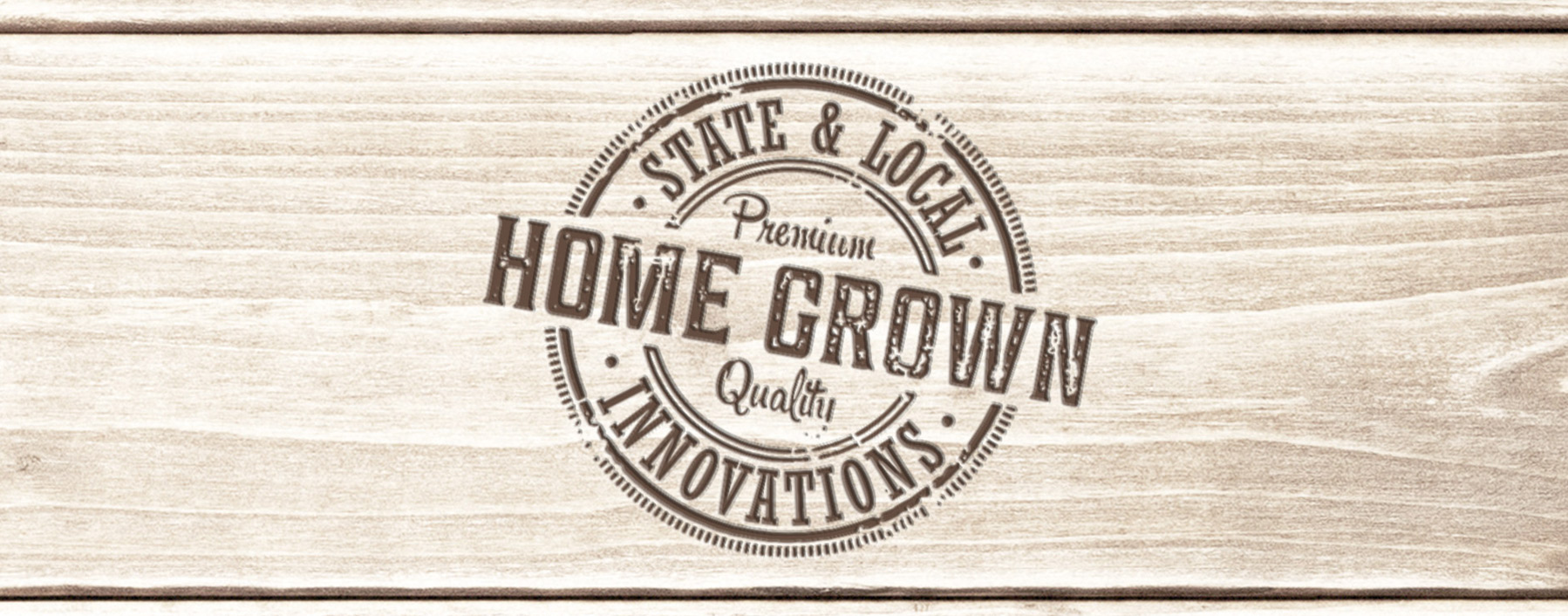
STIC Showcase Features Homegrown Innovations
As part of the EDC-7 virtual summit held in February, the National STIC Network Showcase provided a platform for State Transportation Innovation Councils (STICs) to share more than 100 homegrown innovations developed and implemented in their States with a wider audience to expand their potential use and impact. The virtual summit also featured short presentations from State and local agencies on several of these homegrown innovations, which can be watched on-demand from the summit website. Following are just a few examples of the innovations featured during the showcase.

Harris Inspection Tool (aka HIT Rod)
The Maine Department of Transportation (MaineDOT) Bridge Inspection team invented a variation of a selfie stick that enables a phone camera to be used to visually inspect bridge elements that otherwise would require expensive equipment and often traffic control. The telescoping HIT Rod consists of a 20-foot telescoping pole with an adjustable phone cradle attached on top. The MaineDOT inspection team activates and controls the phone’s camera via a Bluetooth-connected watch. The phone is moved into position via the HIT Rod. MaineDOT reported that up to $5,000 in inspection costs are saved by using the HIT Rod rather than paying for heavy equipment and/or traffic control.
Saddle Lift Tool
The saddle lift tool is a low-cost device that allows Utah DOT crews to quickly and safely repair barrier-mounted signs without the need for a crane or for closing a lane of traffic. Barrier-mounted signs are designed with a safety feature so that, if impacted, the sign post stays attached to the sign base but swings down into a resting position. To repair an impacted sign, a worker must raise the post to the correct upright position and insert a new pin into the sign base. This means workers have to stand on the concrete barrier to lift the sign themselves, or they can close a lane and use a crane to lift the sign. Either method is dangerous, resource intensive, and time consuming. The new saddle lift tool easily raises the sign post using a truck-mounted winch. The tool reduces the number of workers required to repair a sign and does not require a crane truck or closing a lane of traffic.
Watch a Utah DOT video to learn how the agency’s saddle lift tool helps quickly and safely repair barrier-mounted signs
Credit: Utah Department of TransportationElectronic Stormwater Inspection Process
When the Mississippi DOT (MDOT) Environmental Division was tasked with managing a new Stormwater Inspection Program developed to assist compliance with the State’s Department of Environmental Quality construction permit, the vast amount of hard-copy data they compiled from weekly and monthly inspections was cumbersome and difficult to analyze. In response, MDOT’s Information Systems Division developed two field inspection applications, one for erosion control and one for stormwater, that can be accessed by smartphone or tablet. The apps allow for data collection during site inspections (with or without cellular connection), GPS-integrated location of field observations, photo upload and storage, and automatically generated, distributed, and stored reports. Use of the apps has reduced MDOT’s report generation and distribution time from 7–10 days to 2–3 days.
Culvert Cleaner
The Washington County Department of Public Works in New York was having problems with beavers setting up their dirt-filled homes inside culverts, and these clogged culverts could lead to flooded roadways. Clearing the culverts created a safety hazard for employees who had to enter the high waters to access them. The solution was a culvert cleaner—a long, steel tool built to ram inside a culvert with enough force to break up the packed dirt. Washington County employees developed the culvert cleaner using scrap materials. The tool is helping clear culverts more quickly and safely, keeping roadways safer from flooding during rain events. This innovation is also a winner of FHWA’s 2022 Build a Better Mousetrap competition.
Watch a New Jersey DOT video to learn more about Montgomery Township’s inlet repair trailer.
Credit: New Jersey Department of TransportationInlet Repair Trailer
To streamline inlet repairs, the Montgomery Township’s Public Works Department in New Jersey converted an older trailer into an inlet repair trailer. Inlet repair normally requires significant time, safety, and labor considerations in loading and unloading equipment and materials. By having all the necessary equipment mounted on one trailer, such as a generator, electric cement mixer, electric crane, electric water pump, and water storage tanks, the Township reduced the number of vehicles needed from three trucks to one. In addition, working off a low-deck trailer eliminated climbing onto a truck bed, and the electric crane eliminated heavy lifting of the grates, further improving worker safety.
Culvert Diffuser
The New Hamphshire DOT (NHDOT) built on recent Maine DOT research to develop a culvert diffuser. State DOTs have a need for increasing the capacity of existing culverts through deep embankments with high traffic and difficult access. Recent research by Maine DOT demonstrated the effectiveness of installing a culvert diffuser at the outlet, increasing the culvert capacity and lowering the outlet velocity. The NHDOT Highway Design Specialty Section developed an alternative solution for a 42-inch corrugated metal pipe liner that incorporated a 15-foot-long by 5.83-foot-wide, 3D-printed diffuser at the outlet. Installing the diffuser at the outlet of the culvert provided an estimated 40-percent increase in outlet capacity.
2023 STIC Excellence Award Nominations
Nominations are open for the 2023 State Transportation Innovation Council (STIC) Excellence Award. FHWA and the American Association of State Highway and Transportation Officials (AASHTO) Innovation Initiative partner in sponsoring the award to promote innovation and recognize excellence within the STICs. Nominations may be submitted to FHWA through June 30, 2023. Visit the STIC Excellence Award webpage to read about past recipients.
—MORE INFORMATION
Visit the National STIC Network Showcase webpage to read more about these and other Homegrown Innovations.
Register for access to the EDC-7 virtual summit on-demand content.
Notice: The U.S. Government does not endorse products or manufacturers. Trademarks or manufacturers’ names appear in this article only because they are considered essential to the objective of the document.
Recommended Citation: U.S. Department of Transportation, Federal Highway Administration - Washington, DC (2023) Innovator Newsletter, May/June 2023, Volume 16 (96). https://doi.org/10.21949/1521747


